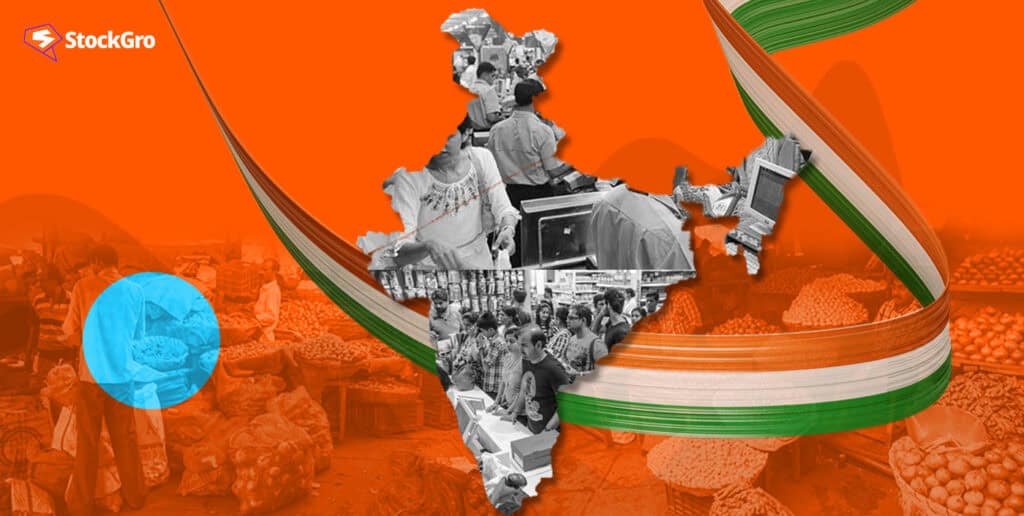
India’s NREGA and MGNREGA schemes have been instrumental in combating rural poverty and empowering marginalised communities. In 2005, a historic NREGA was passed to give every rural family with an adult member who volunteers to undertake unskilled physical labour 100 days of paid labour every fiscal year.
The plan now includes additional measures, including a social audit, a grievance redressal system, and the ability to combine with other programmes, according to the change.
In today’s article, we will discuss these schemes’ details, benefits, eligibility and more.
What is NREGA and MGNREGA?
Despite being slightly different, the acronyms NREGA and MGNREGA are synonymously used when referring to the same system. MGNREGA is an abbreviation for the Mahatma Gandhi National Rural Employment Guarantee Act, while NREGA is an acronym for the National Rural Employment Guarantee Act.
In 2006, the government launched NREGA in 200 districts; in 2008, it was expanded to all the districts. The NREGA was renamed MGNREGA on October 2, 2009, in honour of Mahatma Gandhi’s birth anniversary. This modification was made to recognise his service to empower and develop rural areas.

These two government programmes in India are designed to help those in rural areas find steady employment and improve their quality of life.
Employees participate in a range of public works initiatives, supporting infrastructure and rural development. To improve the lives of rural people and encourage long-term growth in India’s rural environment, it is essential to provide employment options in economically weak regions.
Rural households may rely on the incomes obtained under MGNREGA. Employees can also save some of their wages via fixed deposits (FDs). People working under MGNREGA may establish financial security using FDs, which provide flexible investment options with guaranteed returns.
Also read: Government loan schemes for small business
What is NREGA and MGNREGA eligibility?
To participate in the NREGA programme, you must meet the following requirements:
- A person must be a citizen of India.
- Anyone willing to apply for NREGA has to be 18 or older.
- To participate in the programme, one must be a resident of the area and be prepared to volunteer for unskilled labour.
Benefits of NREGA and MGNREGA
Among the many advantages of NREGA and MGNREGA are:
- Millions of low-income rural residents rely on employment for their living; this programme helps them secure an income and supports their livelihood.
- The initiative builds rural communities’ productive resources and infrastructure, which may improve agricultural output, irrigation capacity, connectivity, and more.
- Through initiatives like training, strengthening capacities, awareness visits, etc., the programme helps rural workers increase their human capital and expand their skills.
- The scheme supports the rural economy by raising rural families’ purchasing capacity and consumer spending.
- The plan improves the living conditions and welfare of the impoverished in rural areas, which in turn decreases income disparity, malnutrition, loans, etc.
Also read: Mudra yojna scheme for women
Purpose of NREGA and MGNREGA
- To improve the stability of rural poor people’s livelihoods by guaranteeing them a minimum of 100 days of paid work in each financial year.
- The goal is to build long-lasting assets and facilities in rural regions so that people living there can live more comfortably and be more productive.
- To carry out projects about soil enhancement, afforestation, preservation of water, and other ecological balance-promoting initiatives.
- To develop decentralised planning via gram panchayats and sabhas and participatory democracy to support the rural populace.
- Its objective is to stabilise rural regions’ economies and decrease rural-urban migration by strengthening rural employment.
- Ensure that women, SCs, STs, and all other marginalised communities participate and get equal salaries to encourage social integration and gender equality.
How to apply for MGNREGA?
You may apply for an NREGA work card in the following ways: either pick up an application form from your neighbourhood gram panchayat or send in a paper application.
There is currently no way to apply for an MGNREGA employment card online. The NREGA Job Card Application Form, however, may be freely downloaded from the official NREGA website (www.nrega.nic.in).
If you submit your application on plain paper or using an NREGA form, you must include the following essential details:
- A picture of the person applying,
- The names, ages, and genders of all household members applying,
- The name of the village, gram panchayat, the block,
- Details on the applicant’s SC/ST/IAY/LR beneficiary category.
Moreover, candidates must provide a thumb imprint or specimen signature.
Also read: Government loan scheme for unemployed youth
Differences between NREGA and MGNREGA
| Feature | NREGA | MGNREGA |
| Launch year | 2005 | 2009 |
| Significance of name | Original name of the scheme | Revised name to honour Mahatma Gandhi |
| Key provisions | 100 days of guaranteed pay work for rural families | Similar to NREGA, along with coordination with other initiatives, grievance redressal process, and social audit |
Conclusion
Countless rural families have felt the positive effects of the scheme’s earnings, empowerment, and dignity-boosting initiatives. Additionally, the framework has reduced uncertainty in earnings and the gender pay gap at work, highlighting their significance in our modern society.
